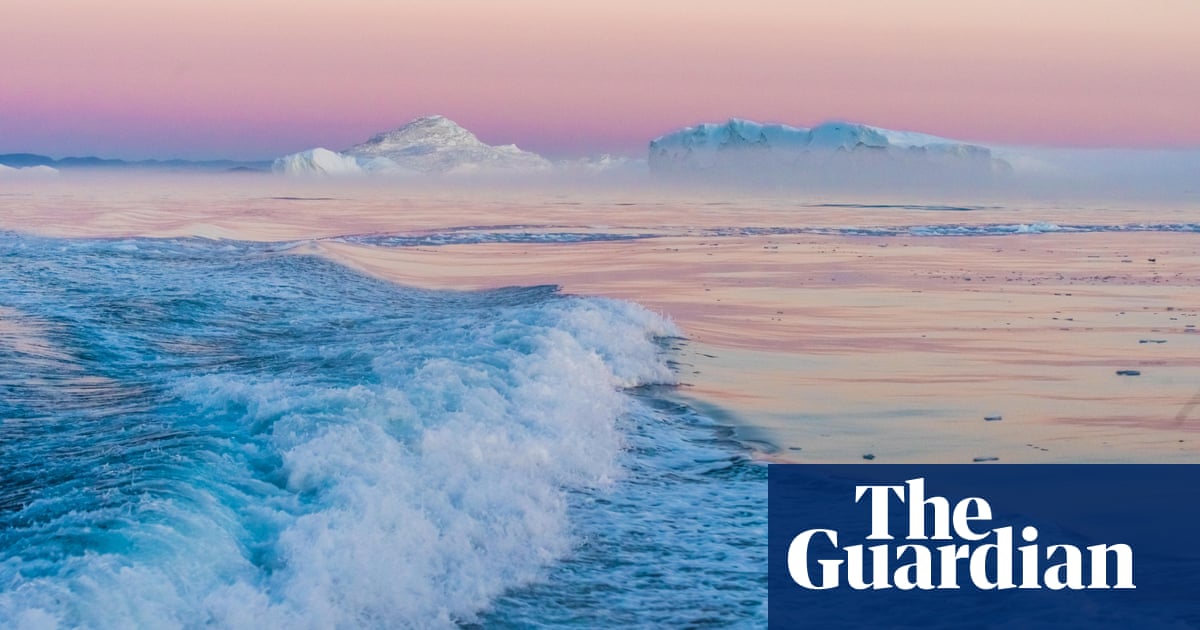Just under a year ago, the east coast of Greenland was hit by a megatsunami. Triggered by a large landslide entering the uninhabited Dickson Fjord, the resulting tsunami was 200 metres high – equivalent to more than 40 double-decker buses.
Luckily no one was hurt, though a military base was obliterated. Now analysis of the seismic data associated with the event has revealed that the tsunami was followed by a standing wave, which continued to slosh back and forth within the narrow fjord for many days.
Angela Carrillo Ponce from the German Research Centre for Geosciences in Potsdam, analysed the seismic data, recorded at earthquake monitoring stations more than 3,000 miles (5,000km) away, and found signals persisting long after the 16 September 2023 landslide event.
Using satellite images and computer modelling, Ponce and her colleagues were able to confirm the presence of a standing wave of about 1 metre in height which lasted for more than a week.
Their findings, published in The Seismic Record, warn that climate change is accelerating the melt of Greenland’s glaciers and permafrost, increasing the chance of landslides and subsequent megatsunamis.
Smaller events have been observed a number of times in recent years, such as the rock avalanche into western Greenland’s Karrat Fjord in 2017, which triggered a tsunami that flooded the village of Nuugaatsiaq, destroying 11 houses and killing four people.

